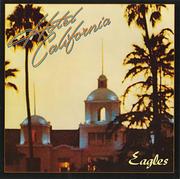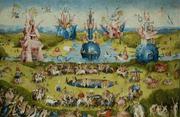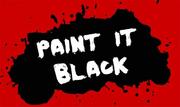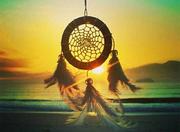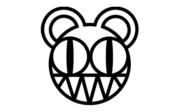Meaning: Red Carved Wooden Dalecarlian Dala Horse from Dalarna, Sweden
BY K Shabi PUBLISHED 30 Oct 2013
If you travel or take a vacation to Sweden and buy souvenirs, you will most likely encounter the symbol of the Dala horse, sometimes known as a Dalecarlian horse or Dalarna horse. What is the meaning and history behind these red painted wooden toy horses from Sweden?

Red Wooden Horse Traditional Swedish Folk Art
Many of us have seen the red Dalecarlian horse unaware that the Dala horse is one of the most famous examples of Scandinavian and specifically Swedish folk art. The name "Dala horse" (Dalahäst) is partly an abbreviation or nickname derived from the word "Dalecarlian," referring to the language/dialect spoken in the Swedish province of Dalarna, the place where these red carved horses originated back as early as the sixteenth century. While Dalecarlian horses began as unpainted wooden toys whittled and carved cheaply with a knife for children to play with, red Dala horses painted with the now distinctive decorative white and green ornamentation were presented as examples of traditional Swedish folk art at the World's Expo in Paris (1937) and World's Fair in New York (1939). What is the meaning of the Dala horse and its unique ornamentation?
Swedish Dala Horse Meaning & History
The meaning and story behind the Swedish Dalecarlian horse is widely debated and largely unknown, with some even citing Norse mythology to explain Sweden's fascination with carving little wooden horses. While the Dala horse itself may have pagan origins, the history and meaning of the Dala's flowery white and green painted kurbits (translated from Swedish as "pumpkin" or "gourd") decorations is easier to trace.

Kurbits Painting of Dala Horses
Almost as symbolic of Swedish folk art as Dala horses themselves, the kurbits style of decorative painting is also associated with the Dalarna province and was used to decorate furniture and other things popular in a traditional Swedish household in the seventeenth and eighteenth century. Traditionally Dala horses were generally left unpainted or painted solid red, but in the 1830s Swedish artist Stikå Erik Hansson became known for painting his own unique Dala horses with a two-color simplified form of kurbits decoration. Hansson's Dala horse pattern has since become the tradition for Dala horse making in Sweden.
Carved Wooden Horses of Dalarna, Sweden
Much like the dark red paint that covers most of the houses in the Swedish countryside, Dalecarlian wooden horses are one of Dalarna's most valuable products with geographical indication. Dala horses now come in a variety of sizes and colors--not just red--and also animals, with roosters and pigs also popular versions and alternatives to the traditional Dalarna horse.
Tourists may be surprised at the expensive price of these little red wooden horses, but these handmade souvenirs are hand carved from pine wood and painted in the traditional kurbits style by at least nine trained craftsman in Dalarna workshops. Real Dalecarlian horses are stamped with a certification of authenticity, so don't be fooled and buy the cheap knock-offs sold in some souvenir shops.
Carved Dalecarlian Horse Now a National Swedish Symbol
The original meaning behind the carved Swedish Dala horses may be unknown, but today the red painted wooden Dalecarlian horse is essentially a symbol of the country of Sweden itself.



